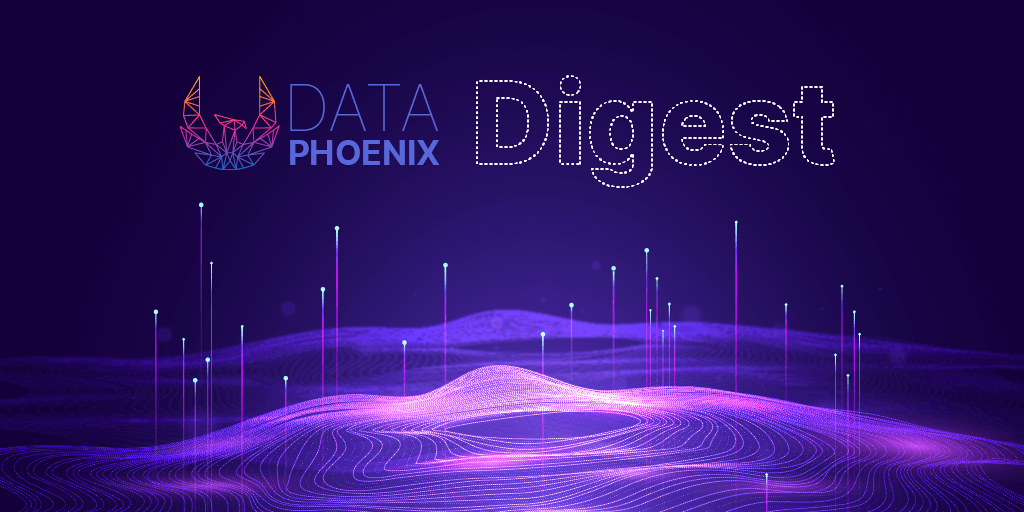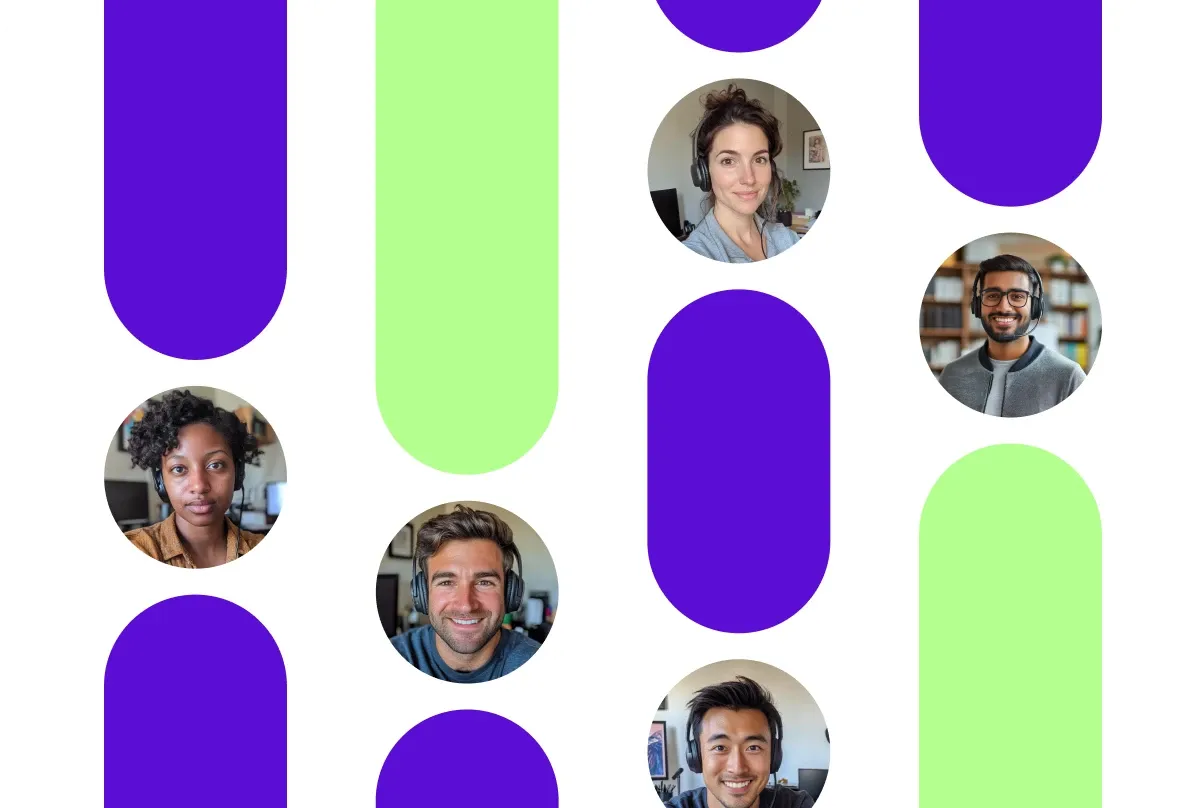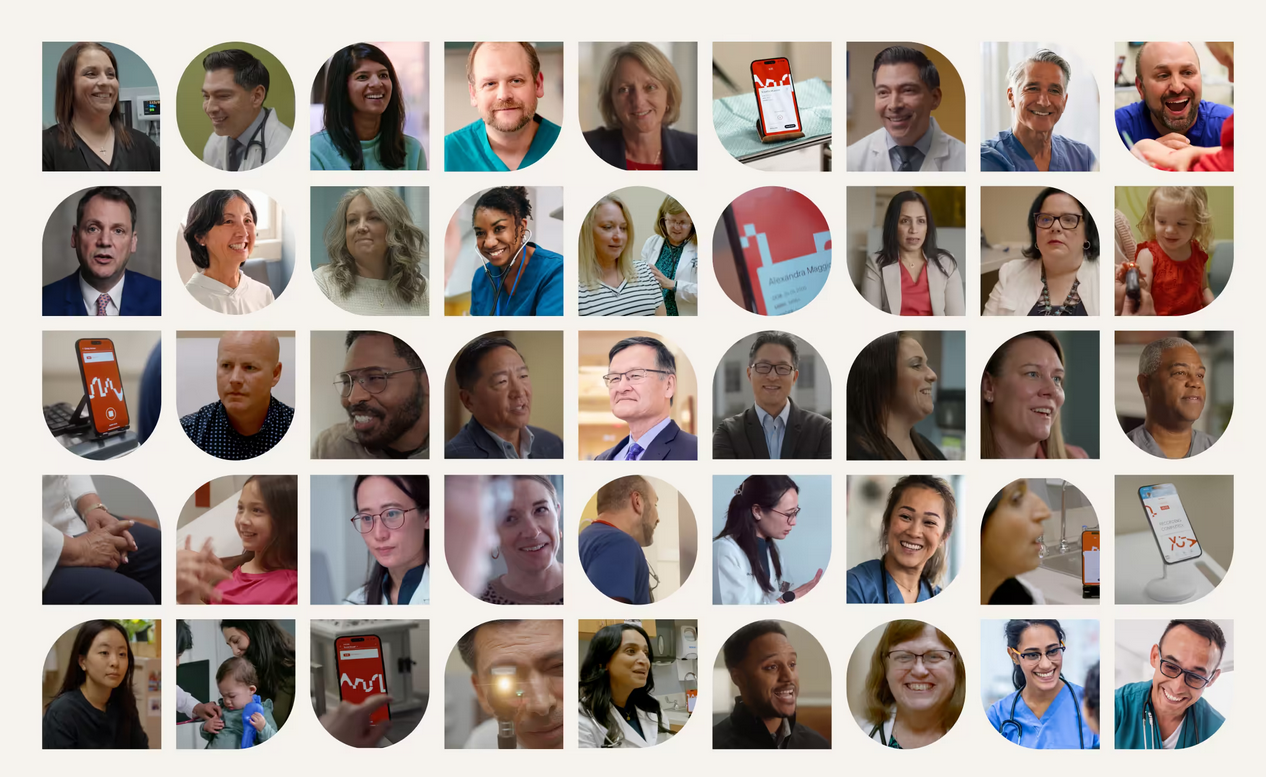ARTICLES
The Human Regression Ensemble
In this article, Justin Domke plays with the idea that humans can do predictions as well as algorithms for simple tasks. Let's check out what's come out of it!
DVC Alternatives For Experiment Tracking
In this article, the Neptune team explore the experiment tracking tool called Data Version Control (DVC), and also compares and reviews its alternatives to find the best solution available.
Understanding Simple Recurrent Neural Networks In Keras
In this tutorial, you'll learn about the structure of RNN, how RNN computes the output when given an input, how to prepare data for a SimpleRNN in Keras, and how to train a SimpleRNN model.
MLOps Model Stores: Definition, Functionality, Tools Review
Is there a way to keep all the collaboration on developing and deploying ML models efficient and streamlined? The team at Neptune seems to have found the right answer!
Image Data Loaders in PyTorch
In any Deep Learning-based system, the data loading pipeline should be structured so that it can be seamlessly integrated with DL models. Learn how it's done with PyTorch.
How Waze Uses TFX to Scale Production-Ready ML
Waze is the world's largest community-based traffic and navigation app. In this article, you'll learn how its team uses TFX to scale production-ready machine learning.
The Imperative for Sustainable AI Systems
Check out a unique piece that has been chosen as the winner of the inaugural Gradient Prize. A deep dive into the ins and outs of sustainable AI systems and their designs.
Object Detection with YOLO: Hands-on Tutorial
YOLO is a state-of-the-art object detection algorithm, which achieves high accuracy at real-time speed. Let's learn how to train this algorithm on a custom dataset in TensorFlow / Keras.
Experimenting with CLIP+VQGAN to Create AI Generated Art
In this post, Brad Dwyer explains how you can combine CLIP with generative adversarial networks to "steer" them into producing a desired output — AI-generated art.
Adding Data to Build a More Generic Model
When you want to change datasets and start tracking how they affect the model, use DVC remote. You'll be able to upload/download GBs of data and see how changes affect individual experiments.
PAPERS
Keypoint Communities
In this paper, Duncan Zauss et al. present a fast bottom-up method that jointly detects over 100 keypoints on humans or objects, also referred to as human/object pose estimation.
Simple Recurrent Neural Networks Is All We Need for Clinical Events Predictions Using EHR Data
The authors conduct a thorough benchmark of RNN architectures in modeling EHR data on two prediction tasks: developing heart failure and early readmission for inpatient hospitalization.
ResNet Strikes Back: An Improved Training Procedure in timm
In this paper, the authors re-evaluate the performance of advanced ResNet-50 and share competitive training settings and pre-trained models in the timm open-source library.
EVENTS
To create a powerful ML you need well-organized data, this is how it works. If you want to know more meet Dr. Zech and Dr. Bazhirov on October 22nd to learn more about facilitating data science, for materials and chemicals through catecom - an open-source collaborative approach to the categorization of computational models including data structures, database schemas, and their applications.
The webinar focuses on helping users execute computational materials science tasks on Exabyte.io and introduces an approach capable of representing complex model structures in a data-centric manner suitable for the applications of AI/ML.
Register at https://bit.ly/3B3vudX.
VIDEOS
Graph Neural Network for Lagrangian Simulation
The video explains how you can design, build, and use GNNs for Langrarian simulation. Based on the work presented at American Physical Society - Division of Fluid Dynamics Annual Meeting.
JOBS
- Machine Learning Product Manager - FreshBooks, Canada (Remote)
- Machine Learning Engineer - Domino Data Lab, Europe (Remote)
- Senior Data Scientist - Heap, Remote
- Machine Learning Engineer - Wikimedia Foundation, Remote
- Principal Data Scientist - Twilio, US (Remote)
Looking to feature your open positions in the digest? Kindly reach out to us at editor@dataphoenix.info for details. We'll be proud to help your business thrive!






Comments